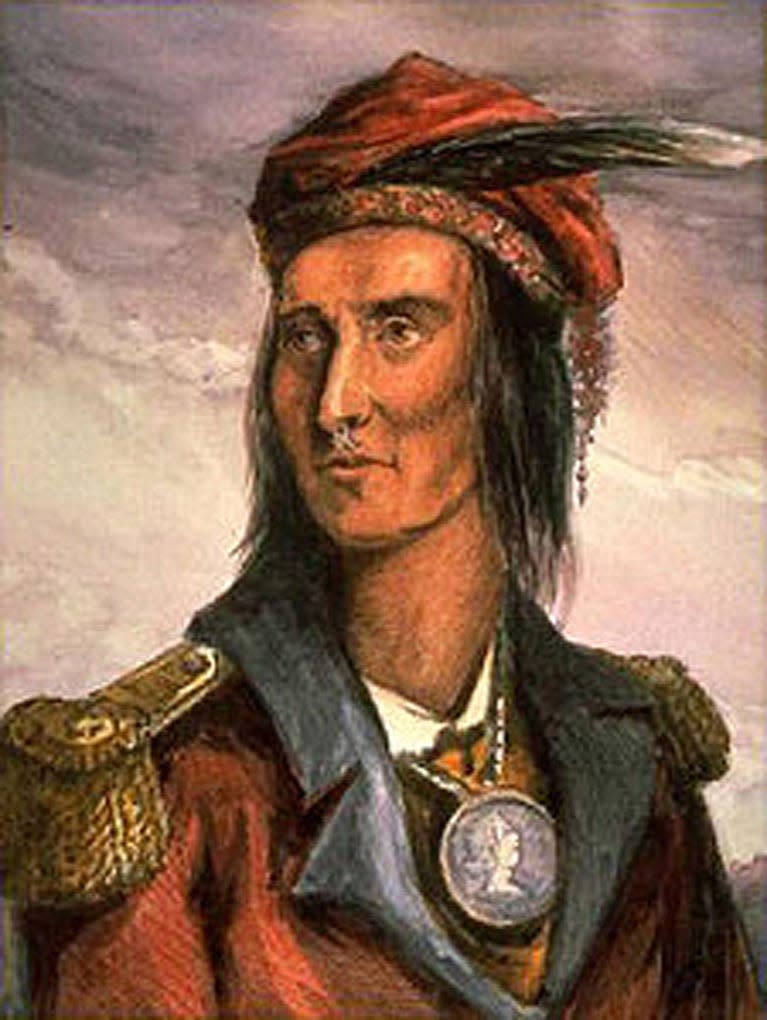Roy Wilhelm: General's carriage was a spoil of war
Sometimes it can be a special kind of fun to look back at local history. Today we share some tidbits of the past that I hope you find of interest.
The Battle of the Thames occurred Oct. 5, 1813, near Chatham, Canada. As a result of the battle, the British lost control of Southwestern Ontario, the famous Shawnee Chief Tecumseh was killed, and the Native American confederacy that he built began to fall apart.
According to Wikipedia, British troops under Major General Henry Procter had occupied Detroit until the U.S. Navy under Commodore Perry gained control of Lake Erie, cutting the British off from their supplies. Procter was forced to retreat north up the Thames River. The American army and cavalry under Major General William Henry Harrison drove off the British and then defeated Procter’s Native American partners. As a result, Procter was court martialed.
Procter, who served in Canada for about a decade, was known for going by the book, but he also must have enjoyed the privileges of his status in the army.

I say this because after the Battle of Thames, the spoils of the victory were brought by Harrison to Fort Stephenson. That included General Procter’s carriage which he had brought with him from England.
Thomas Hawkins, the multi-talented Lower Sandusky pioneer who was in charge of the government property at Fort Stephenson, would hitch oxen to the British general’s carriage and take carriage rides. Meek’s “History of Sandusky County” says that Hawkins used a jackknife to scrape away the paint on the carriage and found at least a dozen coats, including one that the book called “peach-blow.” Somehow doesn’t sound like a color expected for a leader of an army more than 200 years ago.
And Hawkins and Harrison were involved in another bit of history which might bring a smile.
Before coming to Fort Stephenson, Hawkins was the keeper of the magazine at Fort Meigs during the British siege there. With the Americans’ supply of cannon balls growing short, General Harrison offered a gill (a measure of liquids containing one fourth of a standard pint) of whiskey for every British cannon ball recovered from the area around the fort. More than 1,000 gills of whiskey were reportedly earned by Harrison’s troops.
Pioneer General W.H. Gibson said this when telling of the life as Sandusky County was settled:
“We went fifteen miles to get hands to raise it (the barn), and requested them to bring knife and fork. We had plenty to eat but not enough to eat with. We had Christmas every week in the year. We had it oftener than that even, because we could get turkey any time, in the woods. The men came that 15 miles — every fellow had his knife and fork, and would haul them out and pitch in at dinner time and when he got through would put them in his pocket again.”
Roy Wilhelm started a 40-year career at The News-Messenger in 1965 as a reporter. Now retired, he writes a column for both The News-Messenger and News Herald.
This article originally appeared on Fremont News-Messenger: General's carriage was brought to Fort Stephenson as a spoil of war

